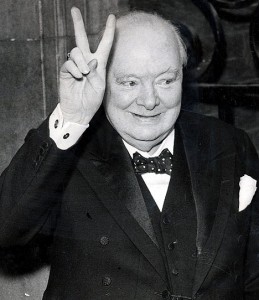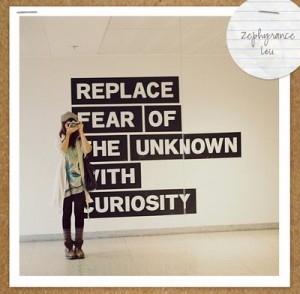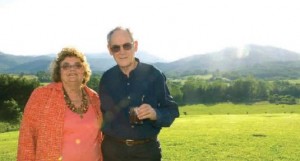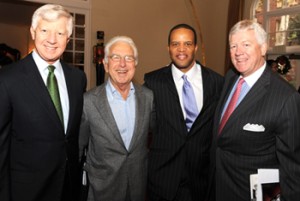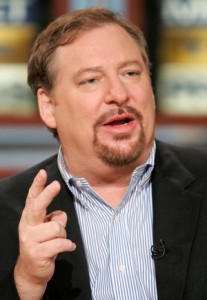Learnerprise – Beyond Neologism to Collective Understanding
New Research Shows Corporate Training Budgets Are Misaligned
Although 64% of Learning Executives Believe Informal Learning Approaches Have Higher Impact, More Than Two-Thirds of Corporate Training Budgets Are Spent on Traditional Formal Training
– Bersin & Associates
Props to Dan Pontefract who pretty much inspired this whole post about the mashup of Andy McAfee’s Enterprise 2.0 notion and Learning 2.0. This is to contribute to Dan’s argument to help bring this word, “Learnerprise” from lonely neologism into the general vernacular.
The first steps of the emergent Learnerprise organization must include federating the LMS and integrating learning opportunities ubiquitously throughout the organization in rich social media environments. But to ensure success, the savvy Learnerprise architect has to understand that whatever opportunities are provided, formal or informal, they are competing against not just their own learning offerings, but also the wild social web.
Let’s unpack this. Any learning opportunity initiative – let’s say the corporate university just released a presentation coaching two-day classroom workshop, coupled with a communications e-learning certificate package, and supplemented with an informal use-as-you-choose books/video library on effective presence, and promoted in a push campaign alerting associates of that availability – must understand that it is competing with a compendium of other resources that the now-socially empowered free agent of the organization can reasonably garner from any number of outside resources.
And so, to build a compelling webscape of learning, we need to create mechanisms for the collective wisdom of our colleagues to enhance the intrinsic drive of those we hope to inspire and change. Remember it’s the intrinsic personal interest that we need to be enabling in eventual service of the organization, not what we think people need to be learning. That is, the learning organization (the new Learnerprise) shall provide the environments and opportunities in which people can satisfy their own emergent drives and interests to learn.
Recognizing intrinsic drive suggests that ideas and skill-development resonate not when the royal we of organizational learning thinks it needs to happen, but rather when people are ready, willing and eager to absorb and integrate new ideas into their behaviors – which is why a group of people can participate in the same learning campaign, and yet only a portion of that audience find stickiness and ah-ha! Which again, explains why despite the best efforts of the learning organization assigning prescriptive learning, only a portion emerge effectively engaged in the “intended” outcomes.
Clearly now in the conceptual age, following the readily available knowledge age, to remain relevant, learning initiatives need to engineer in all varieties of disparate possibilities for the individual to parse what matters to them, and to apply to their work.
Personally, I’m always ready to learn, although I do not always like being taught. – Winston Churchill

